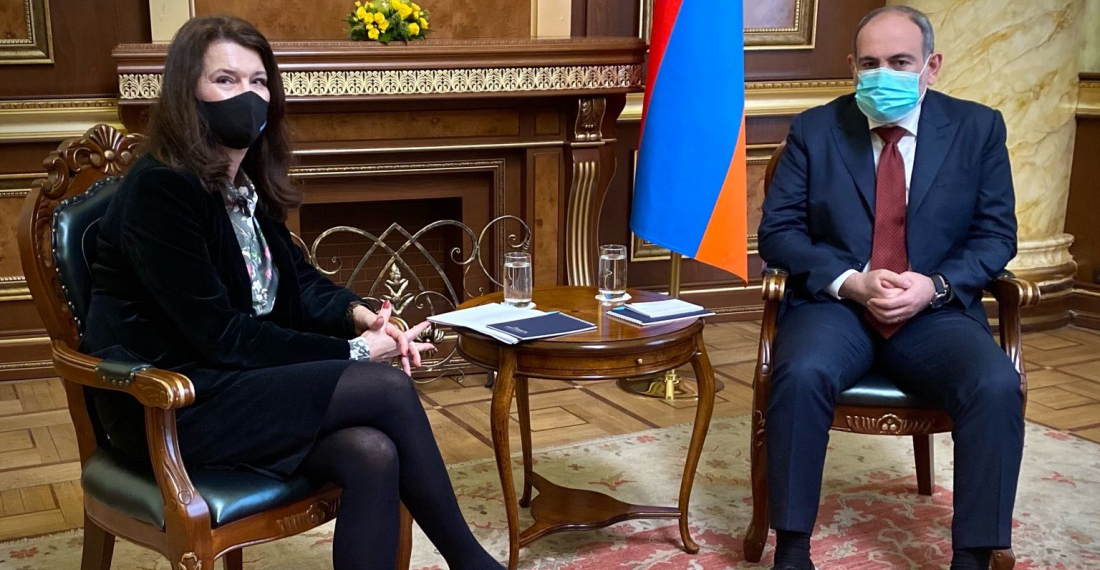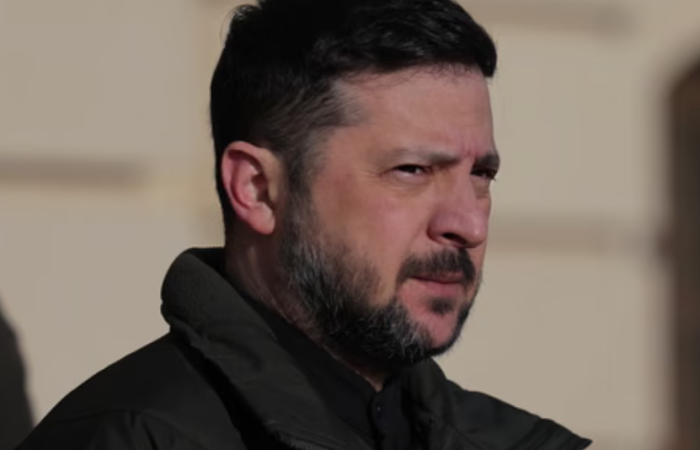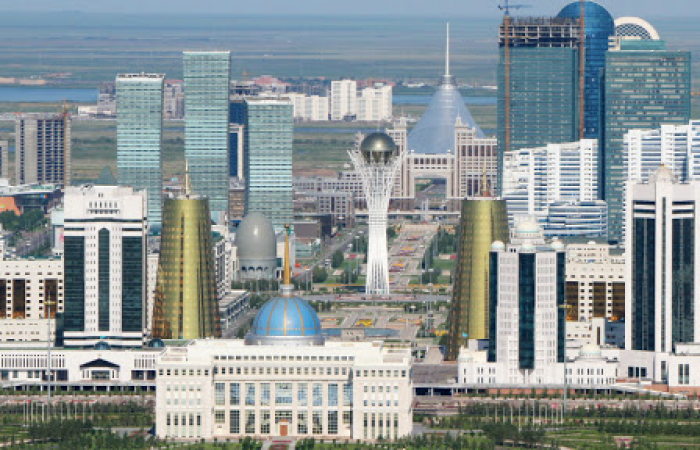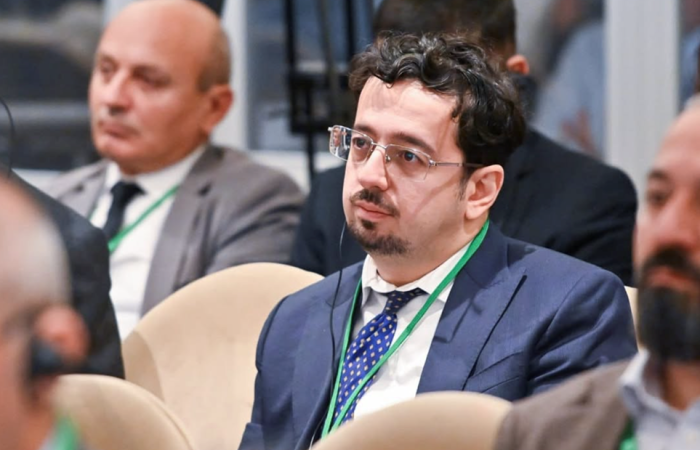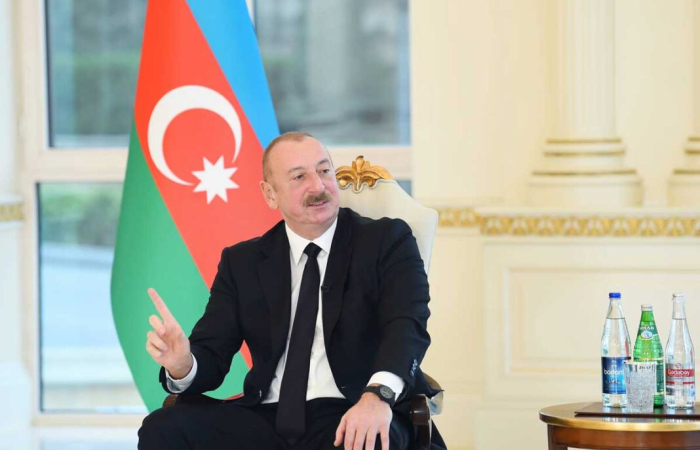OSCE Chairperson-in-office, Ann Linde, visited Yerevan on Tuesday for talks with the Armenian leadership. Linde, who is also Swedish foreign minister, met president Armen Sarkissian, prime minister Nikol Pashinyan and other officials.
Linde was in Baku on Sunday and Monday for talks with the Azerbaijani leadership.
In both countries it appears that Linde was trying to forge a role for the OSCE in the future negotiations on Karabakh. The OSCE Minsk Group led by France, Russia and the United States, was marginalised in the Autumn during the 44-day Karabakh war and following the trilateral declaration signed by Russia, Armenia and Azerbaijan on 10 November 2020 that ended the fighting and laid the basis for new arrangements in the region.
In Yerevan, Linde would have found support for the idea of a continued role for the Minsk Group. Linde later tweeted
Pleased to meet Armenian 🇦🇲 Prime Minister @NikolPashinyan. Constructive discussions on @OSCE-related matters & regional developments. Important to find solutions to outstanding issues through Co-Chairs of #OSCE Minsk Group. Emphasized need to respect #IHL. #OSCE2021SWE pic.twitter.com/CtFB7H0058
— Ann Linde (@AnnLinde) March 16, 2021



